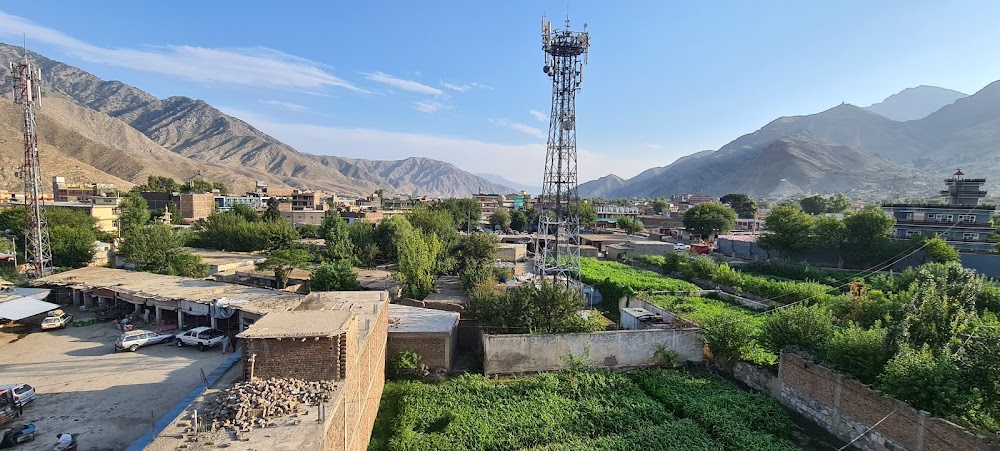Dangam District (دنګم ولسوالی)
Related Places
Overview
Dangam is a captivating district located in the Kunar Province of eastern Afghanistan, renowned for its rugged terrain and stunning natural beauty. The landscape is a breathtaking tapestry of mountains and valleys, providing a picturesque backdrop that enchants visitors. At the heart of this district lies the village of Dangam, which serves as the administrative center for the surrounding rural communities.
Rich Cultural Heritage
Historically, Dangam has been home to various Pashtun tribes, whose presence in the region spans centuries. These tribal connections have significantly influenced the cultural and social fabric of the district, fostering a unique way of life that emphasizes community and tradition. The residents primarily rely on farming, animal husbandry, and small-scale trade for their livelihoods, with lush valleys and fertile soils supporting the cultivation of staple crops such as wheat, maize, and vegetables.
Architectural Blend
The architecture of Dangam is a harmonious blend of traditional Afghan styles and modern constructions. Many homes are built using locally sourced materials like mud bricks, stones, and wood, featuring large courtyards and flat roofs designed to withstand seasonal weather changes. In recent years, some modern structures have emerged, constructed with concrete and contemporary building materials, reflecting the district's evolving landscape.
Community and Commerce
A strong sense of community permeates life in Dangam, where family ties are integral to daily existence. Local bazaars serve as bustling hubs for commerce and social interaction, where residents gather to buy and sell goods while exchanging news and stories. These vibrant markets are filled with vendors offering a diverse array of locally produced items, including fresh produce, dairy products, and handcrafted goods.
Resilience Amidst Challenges
Like many rural areas in Afghanistan, Dangam has faced its share of adversity, particularly during the Soviet-Afghan War in the 1980s and subsequent conflicts involving various factions. These struggles have left their mark on the district’s infrastructure, with some roads and buildings bearing the scars of past violence. Despite these challenges, the community has demonstrated remarkable resilience, continuously working to rebuild and develop their lives.
Education and Opportunities
Education is a cornerstone of life in Dangam, with several schools catering to both boys and girls. However, access to education, especially for girls, has sometimes been hindered by cultural norms and security concerns. Non-governmental organizations and international aid have played pivotal roles in improving educational facilities and promoting broader access to schooling for all children in the district.
Healthcare Access
Healthcare services in Dangam are relatively basic, with a few small clinics providing essential medical care. The district’s remote location and challenging terrain often complicate access to advanced healthcare facilities, which are typically found in larger towns or cities. Ongoing efforts aim to enhance healthcare infrastructure and improve access to medical supplies and services for local residents.
Agricultural Backbone
Agriculture remains the backbone of Dangam’s economy, bolstered by the Kunar River and its tributaries, which provide crucial irrigation for the fields. Traditional farming techniques are widely practiced, but there are also initiatives aimed at introducing modern agricultural methods and diversifying crop production to enhance productivity and sustainability.
Enduring Spirit
Despite the numerous challenges they face, the people of Dangam maintain a profound connection to their land and heritage. Their resilience and determination shine through as they adapt and thrive in a region marked by adversity. The district’s natural beauty and rich cultural traditions serve as a source of pride for its inhabitants, who tirelessly work to secure a brighter future for their children while honoring the legacy of their ancestors.








